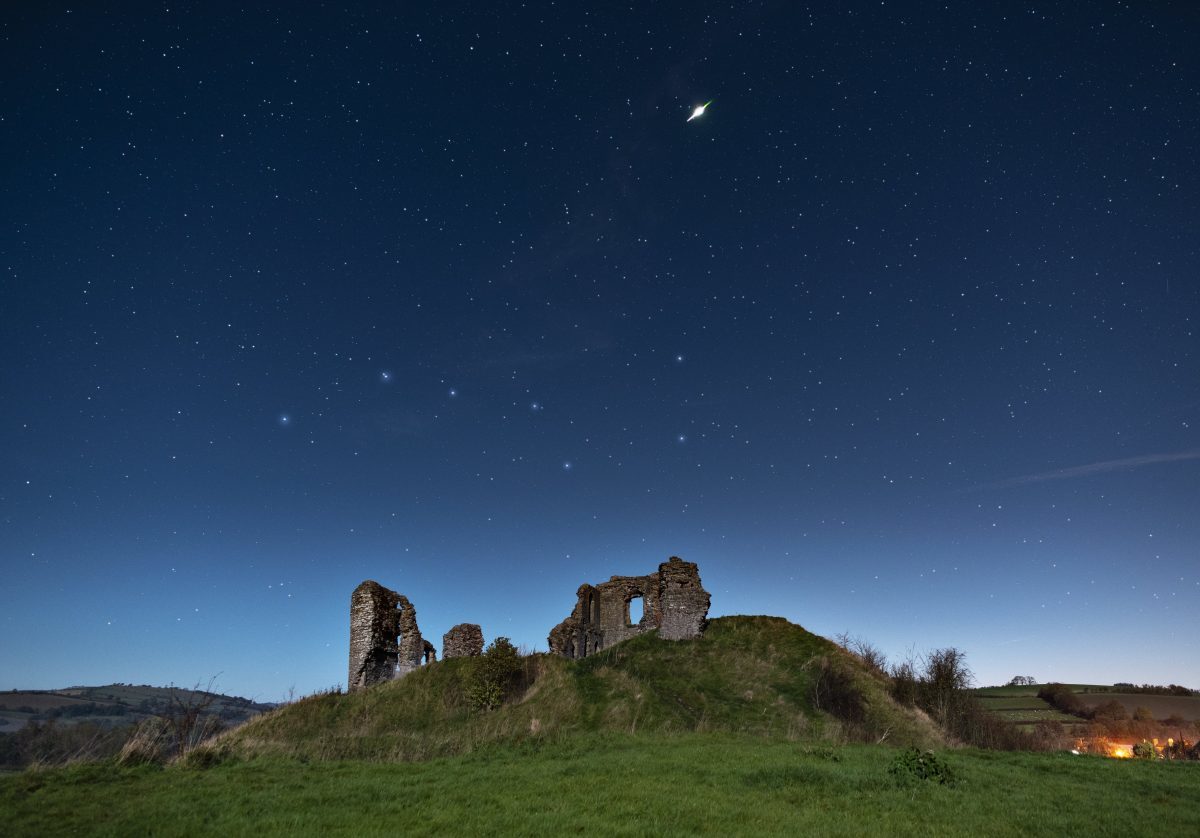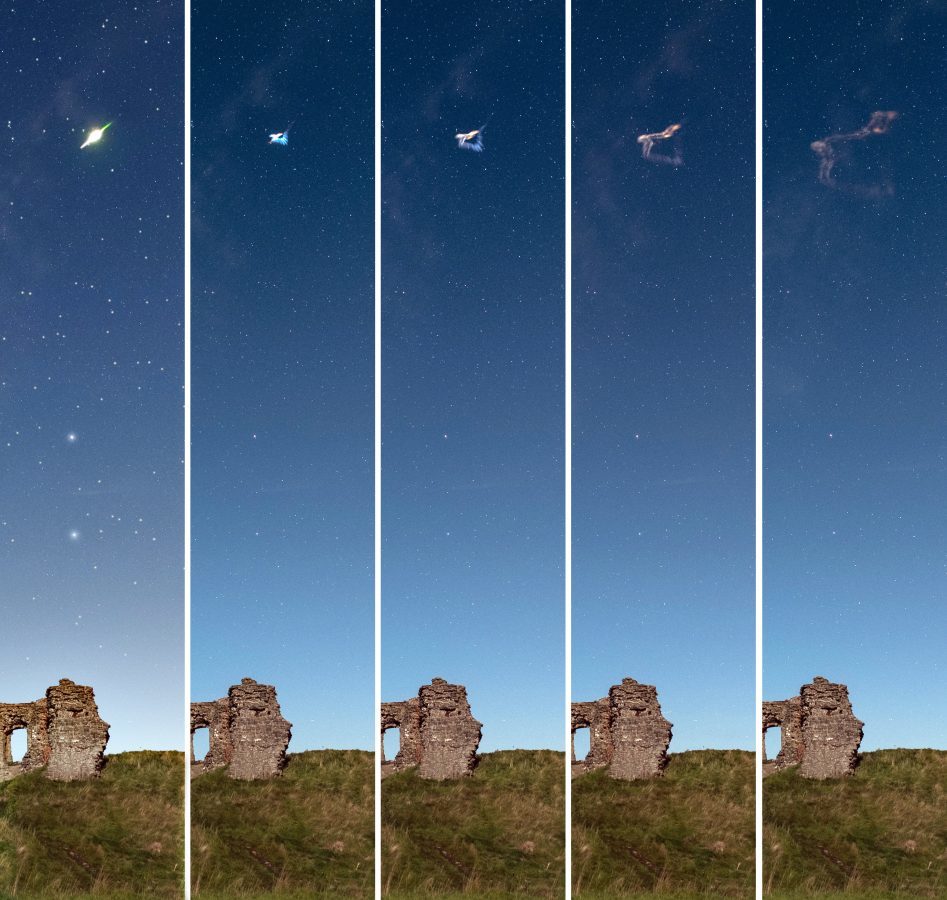OF THE
TIMES
I've had enough of someone else's propaganda. I'm for truth, no matter who tells it. I'm for justice, no matter who it's for or against. I'm a human being first and foremost, and as such I am for whoever and whatever benefits humanity as a whole.
A case of shoot the messenger. I am not defending the abuses of our financial system, enshrined in law.
Highlander, What a sweetie.
No one who helped the pharmacide to happen will be forgotten. And will be taken care of when the time has come. For good.
So, how long before kiddie porn, or whatever, shows up on Tucker's site? Good on him for going public. He likely knows he's a huge target.
Unfortunately, compliance has its price. Hopefully the injections help you cope with your feelings of dissonance. If you truly regret your support...
To submit an article for publication, see our Submission Guidelines
Reader comments do not necessarily reflect the views of the volunteers, editors, and directors of SOTT.net or the Quantum Future Group.
Some icons on this site were created by: Afterglow, Aha-Soft, AntialiasFactory, artdesigner.lv, Artura, DailyOverview, Everaldo, GraphicsFuel, IconFactory, Iconka, IconShock, Icons-Land, i-love-icons, KDE-look.org, Klukeart, mugenb16, Map Icons Collection, PetshopBoxStudio, VisualPharm, wbeiruti, WebIconset
Powered by PikaJS 🐁 and In·Site
Original content © 2002-2024 by Sott.net/Signs of the Times. See: FAIR USE NOTICE


Reader Comments
to our Newsletter